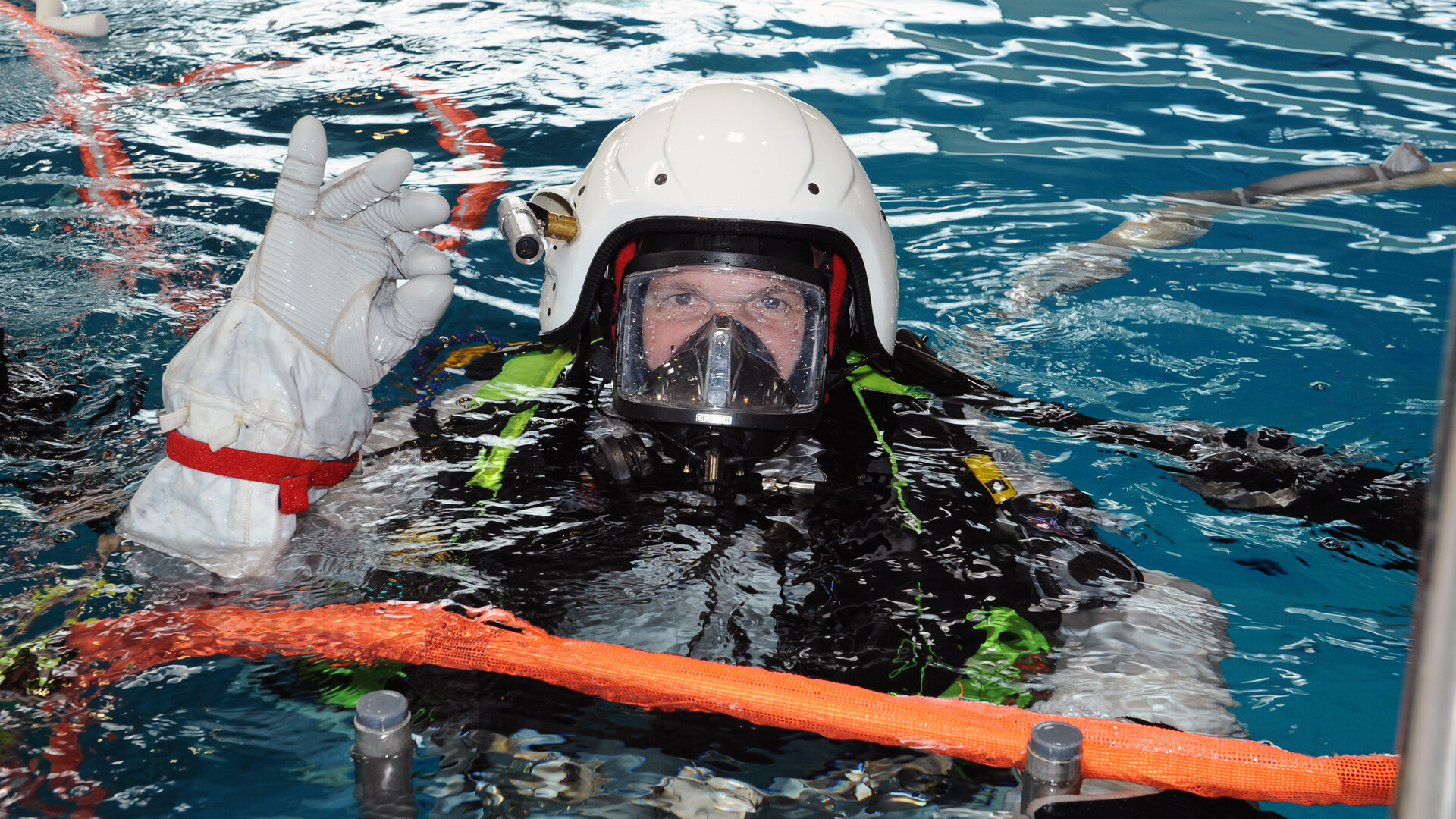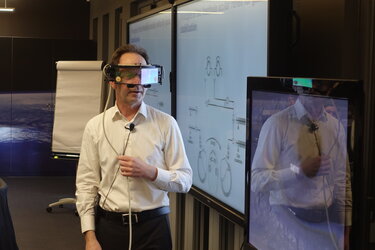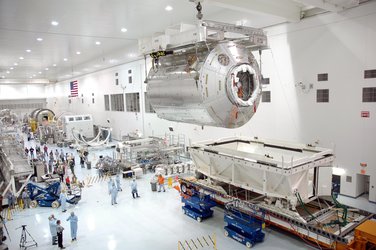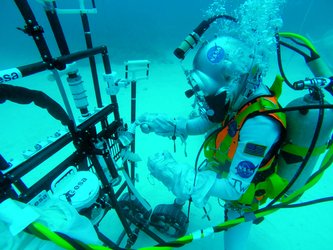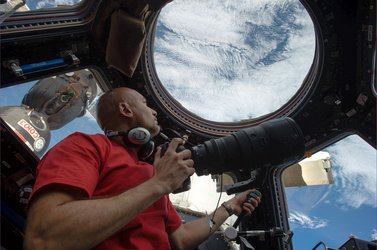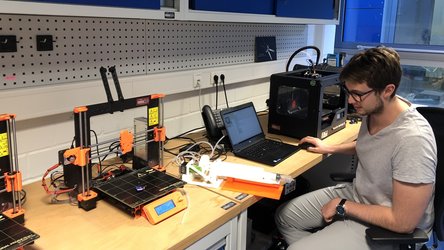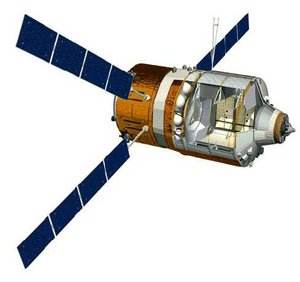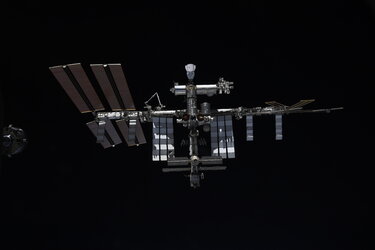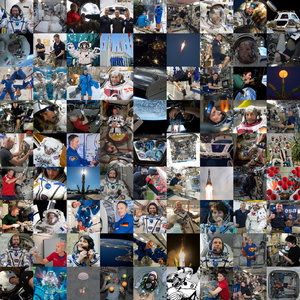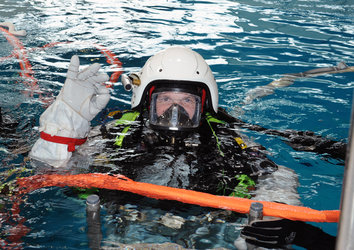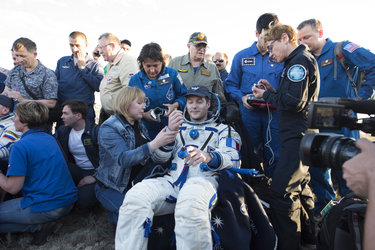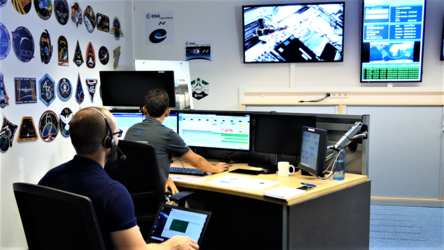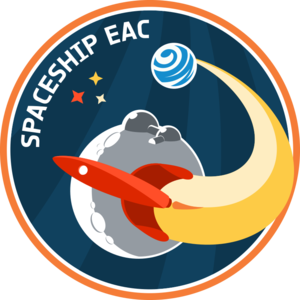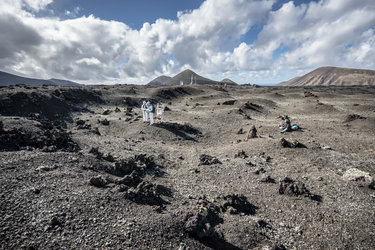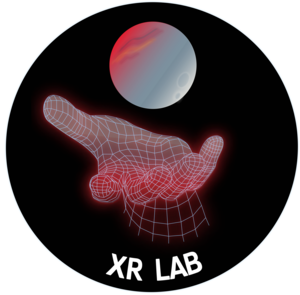Training
Based at the European Astronaut Centre (EAC), ESA’s Space Training Team ensures all European astronauts are well prepared for missions to the International Space Station and equipped for the next phase of space exploration.
ESA instructors continuously train astronauts from ESA and international partners in the operation of all major European hardware on board the International Space Station, including the Columbus laboratory.
The team also tests new training methods and tools, develops training protocols, and trains 40-50 ground support personnel per year. This training takes various forms and covers everything from general operations, to simulations and training on equipment and experiments destined for the International Space Station. Upon successful completion of this training, all ESA flight controllers receive a formal certification.
Astronaut training
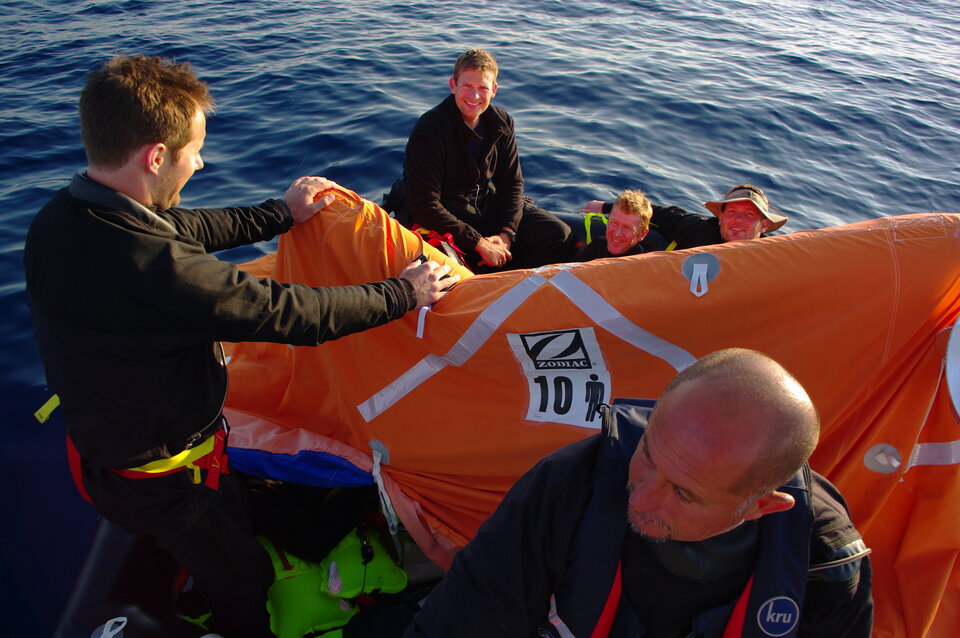
Becoming an ESA astronaut is extremely competitive. The last call for ESA astronauts took place in 2021. Once selected, ESA astronauts typically complete a minimum of three to four years of training before flying to space for the first time.
ESA’s astronaut training is coordinated and implemented by the Astronaut Training Team based at EAC. The first phase for any successful astronaut candidate is known as basic training.
Basic training takes 12 months. During this time, astronaut candidates are introduced to the fundamentals of spaceflight, gain a detailed overview of all Space Station systems and transportation vehicles such as US commercial crew vehicles (SpaceX and Boeing), complete survival training, practice how to conduct a spacewalk and start learning special skills like Russian language, robotic operations and spacecraft rendezvous and docking.
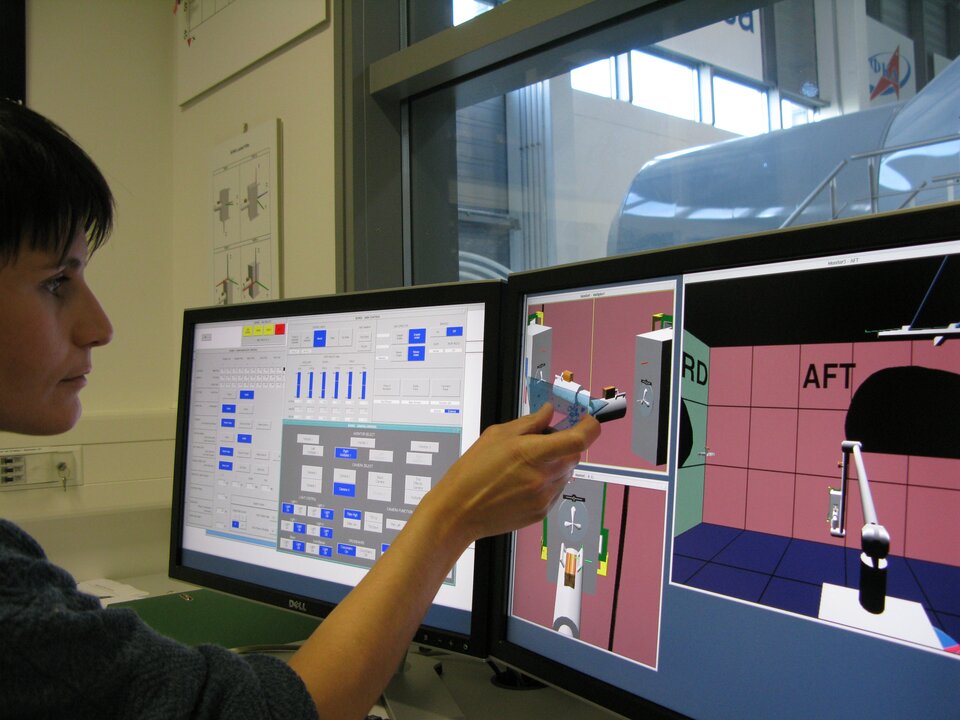
After basic training, ESA astronaut candidates graduate as ESA astronauts and become eligible for assignment to a mission. At this point, they enter a period of pre-assignment training.
The content and duration of pre-assignment training varies, depending on when an astronaut is assigned to a mission. During this time, astronauts further develop their knowledge of Space Station systems and undertake training at international partner sites in Houston in the USA (NASA Johnson Space Center), Star City near Moscow in Russia (Roscosmos Gagarin Cosmonaut Training Centre), JAXA’s Tsukuba Space Center near Tokyo in Japan, and Saint-Hubert/Montreal (Canadian Space Agency) in Canada.
Once an astronaut is assigned to a mission, mission-specific training begins. During this period, ESA astronauts train with their fellow international crew members as often as possible, learning how to work together most efficiently according to the roles and responsibilities they have been assigned.
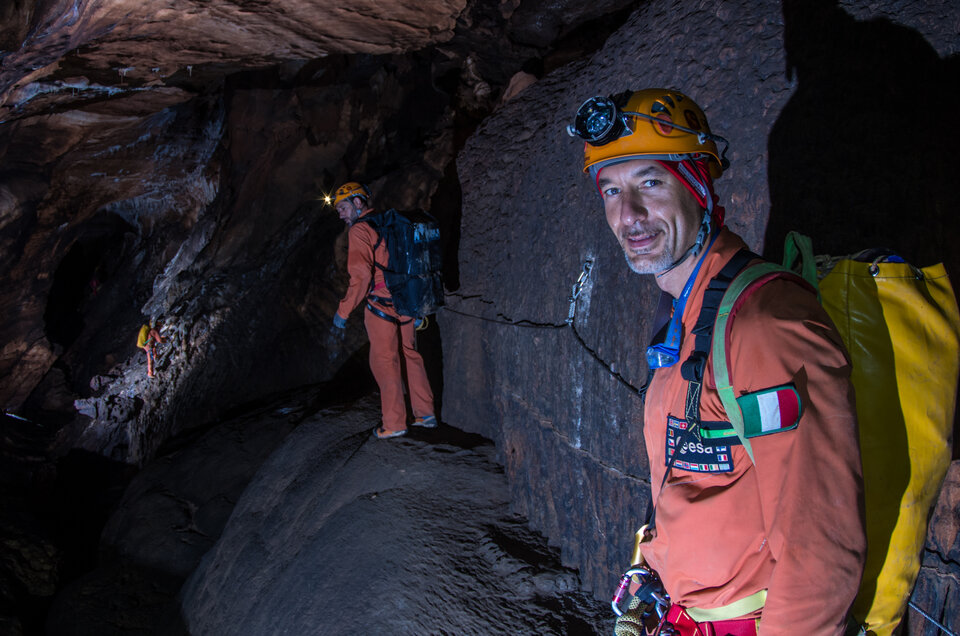
They also learn how to run experiments scheduled during their mission and train for any spacewalks or specialist activities as required.
Astronauts are only approved for flight once they have received sign-off from training teams at all five international partners.
Training does not stop once an astronaut reaches the Space Station, nor once they return to Earth. While in space, astronauts follow refresher sessions, supported by manuals, video explainers and teleconferences with their trainers on the ground. Simulators on board help them train for robotic and spacecraft operations. Once they return from their mission and have completed rehabilitation, they return to the pre-assignment training phase.















 Germany
Germany
 Austria
Austria
 Belgium
Belgium
 Denmark
Denmark
 Spain
Spain
 Estonia
Estonia
 Finland
Finland
 France
France
 Greece
Greece
 Hungary
Hungary
 Ireland
Ireland
 Italy
Italy
 Luxembourg
Luxembourg
 Norway
Norway
 The Netherlands
The Netherlands
 Poland
Poland
 Portugal
Portugal
 Czechia
Czechia
 Romania
Romania
 United Kingdom
United Kingdom
 Slovenia
Slovenia
 Sweden
Sweden
 Switzerland
Switzerland


























